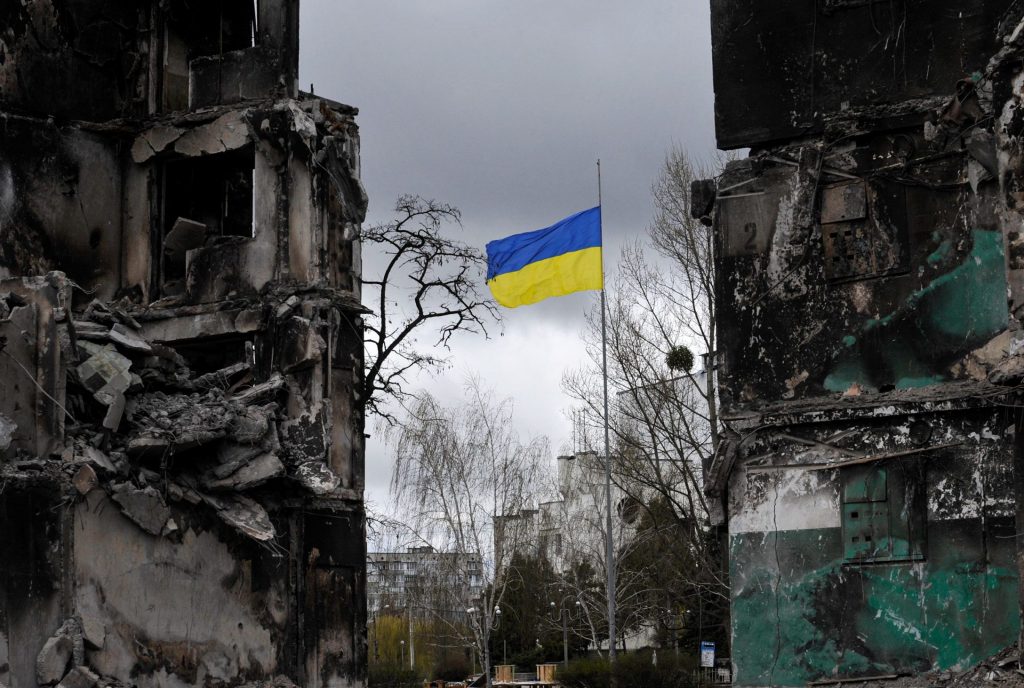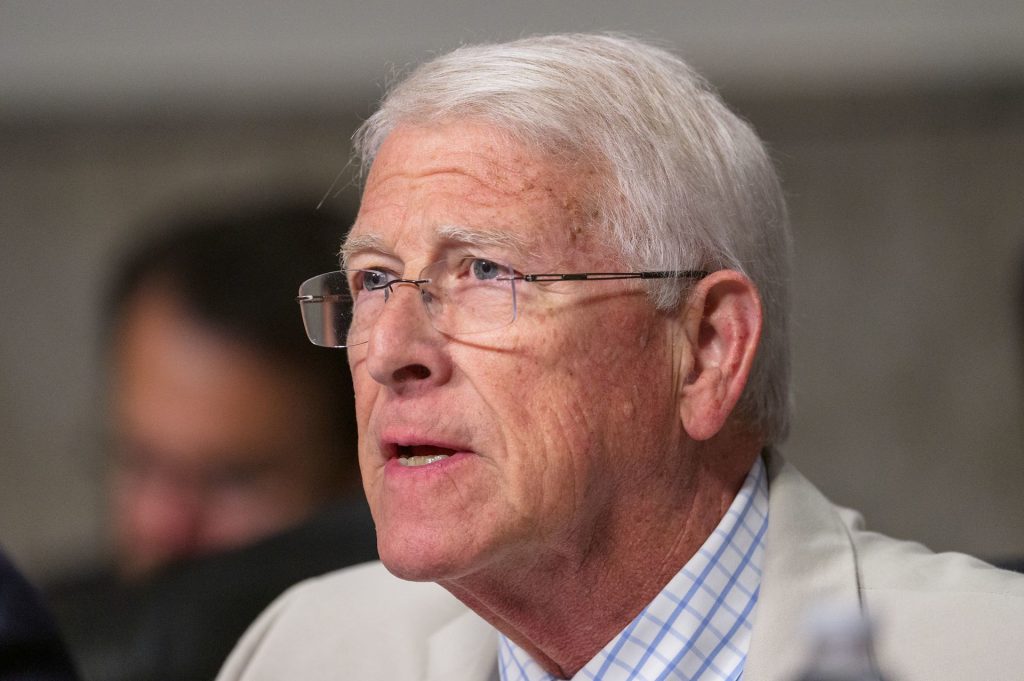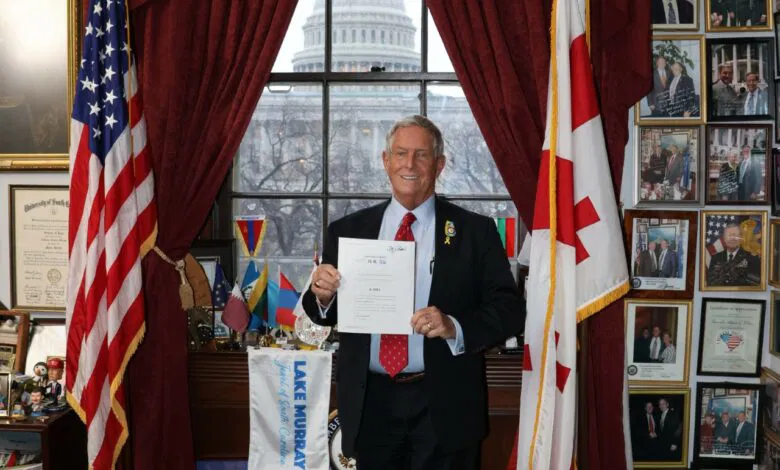Shannon Simrell was appointed to the staff of the U.S. Helsinki Commission on September 2, 2019. She served as the commission’s representative to the United States Mission to the OSCE (USOSCE) until August 2023 where she ensured close cooperation between the commission and the mission, lead USOSCE’s engagement with the OSCE Parliamentary Assembly, on civil society engagement, and on youth. Currently, she leads the commission’s work to address and counter antisemitism and covers Western Europe and the work of OSCE’s economic and environmental dimension.
Between 2008 and 2018, Shannon recruited, deployed, and provided ongoing support to more than 2,300 Americans seconded to nearly 100 OSCE permanent, special, and election observation missions on behalf of the U.S. Department of State. She has conducted dozens of site visits to OSCE field missions and has been deployed as an OSCE election observer in Kosovo, Georgia, Hungary, North Macedonia, Tajikistan, and Ukraine.
As a U.S. secondee to the OSCE Mission to Kosovo between 2006 and 2008, Shannon oversaw democratization programs and eventually served as the acting deputy director of the Regional Center in Gjilan/Gnjilane and its 110 staff. She began her engagement with the region in the 1990s when she developed democratization and environmental programs for civil society leaders from Russia and Central and Eastern Europe.
Shannon holds a dual B.A. in philosophy and French language from the University of Scranton and studied for one year in France. She also earned a M.A. in international education from the School for International Training in Vermont.










